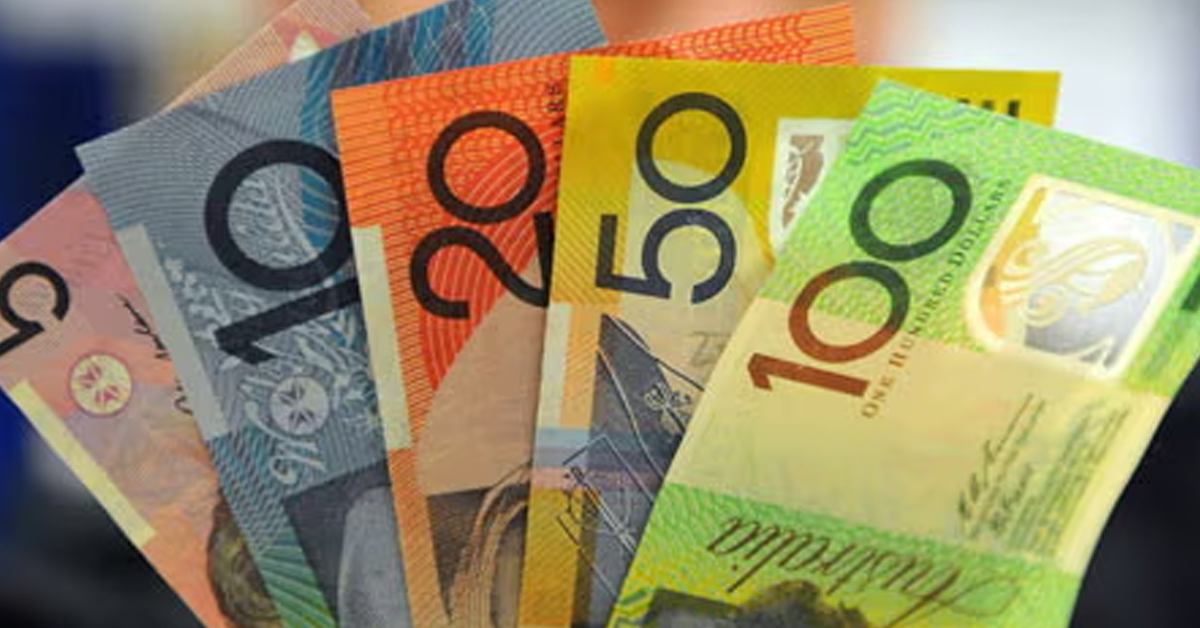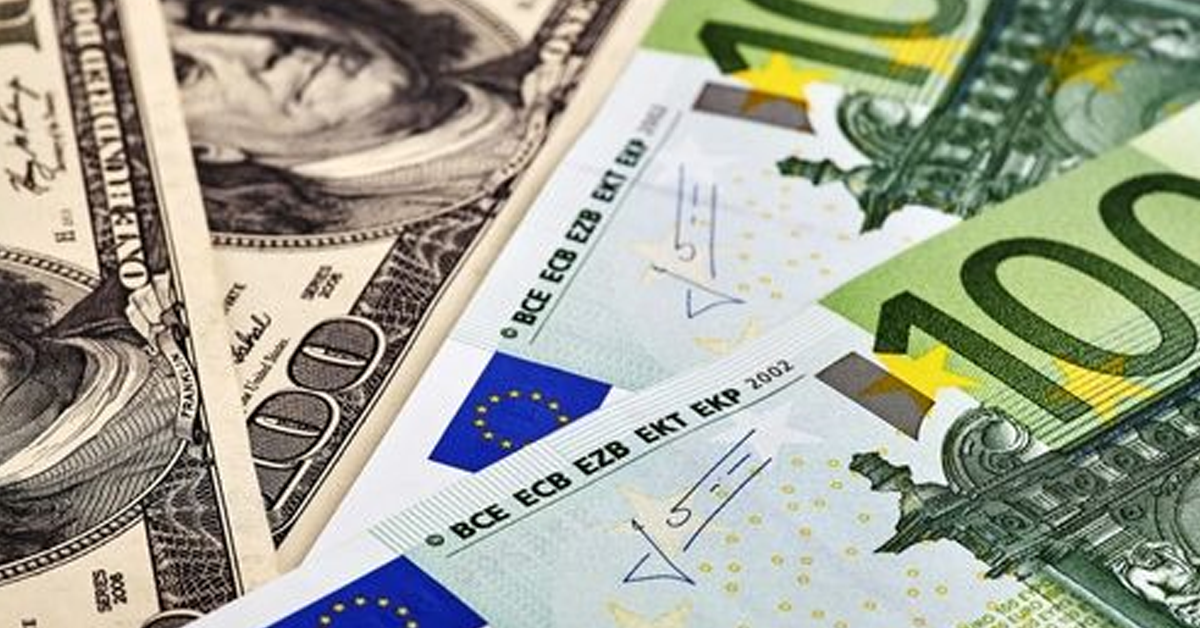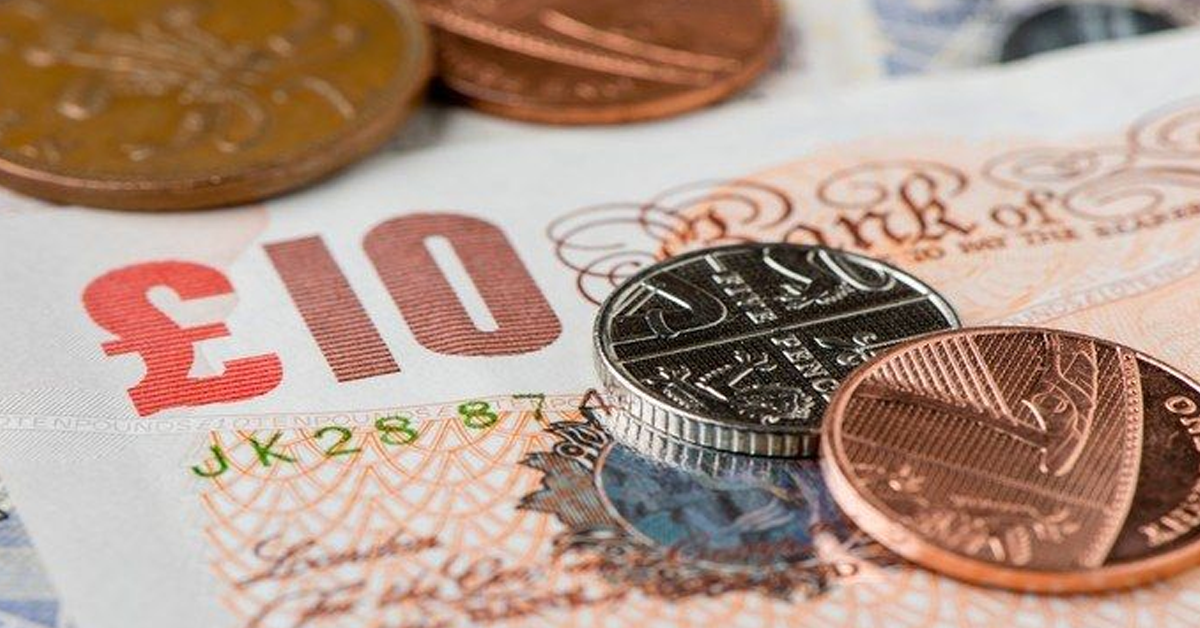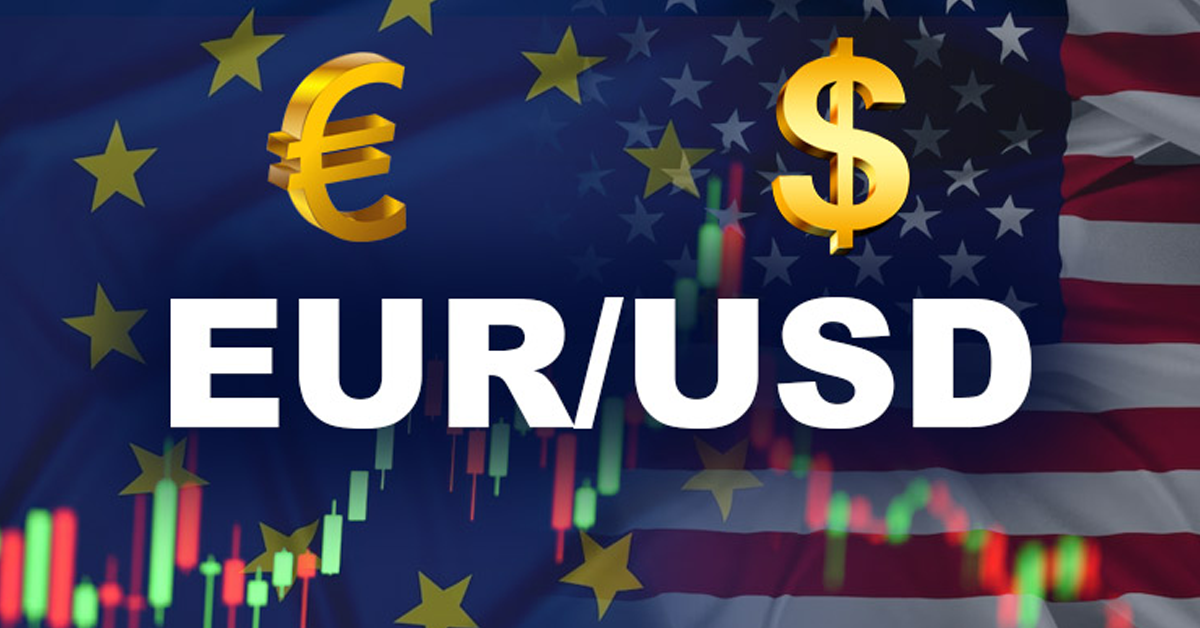Options traders see the stock rally as an opportunity to buy downside protection
Risk appetite has returned to Wall Street following a nasty start to the year, but some experts caution that the respite in volatility may be fleeting and encourage investors to be wary of more stock market gyrations. The Cboe Volatility Index, which some refer to as Wall Street’s fear barometer, plummeted to a five-week low of 22.81 on Tuesday, barely two weeks after ending at a one-year high.
The move has coincided with a comeback in the S&P 500 index, which has halved its year-to-date losses, propelled in part by the Fed’s reassurance that the U.S. economy is robust enough to withstand more aggressive monetary policy tightening as the central bank battles increasing inflation. After confirming a correction last month, the index is still down approximately 5% for the year. Some options strategists believe the recent gains may be transitory and advise clients to purchase volatility hedges, which have gotten cheaper in recent days as demand for portfolio protection has dwindled.
Concerns that the Fed’s aggressive stance would pull the economy into recession – a concept that is rattling bond markets – are among the catalysts for future volatility eruptions, as is Russia’s invasion of Ukraine, which Moscow refers to as a “special operation.” “With little demand for purchasing protection, the VIX will have a tendency to flatten… but as we saw in mid-February, that can reverse in a moment,” said Matthew Tym, Cantor Fitzgerald’s head of equity derivatives trading. “I’m starting to think the VIX is bottoming out if it drops another point or two.”
That attitude was shared by strategists at BoFA Global Research, who predict that concerns about rising inflation, slowing economy, and a hawkish Fed will drive more stock market volatility.”We see the risk-on price action and lower cost of protection as a chance to reload on hedges, not a rallying cry,” they said in a note on Tuesday. According to Refinitiv statistics, an S&P 500 put option that would protect against a 10% drop in the index through mid-June costs nearly 30% less currently than it did a week ago. Meanwhile, according to Trade Alert data, the one-month moving average of open put contracts against open calls on the SPX index, a measure of defensive posture, is at its lowest since July 2020.
Intense volatility has caused some investors to reduce their exposure to equities in recent weeks, which might explain why demand for hedges has decreased. According to a March BofA Global Research poll, fund managers’ cash reserves were at their greatest since April 2020, while a gauge of stock posture tracked by Deutsche Bank recently fell to the lowest since September 2020.
“There is just less exposure to hedge,” Ilya Feygin, senior strategist at WallachBeth Capital, explained. To be sure, analysts have noted that sharp drops in the VIX have frequently preceded short-term stock gains: the S&P 500 has historically returned 2.5 percent and been up 77 percent of the time following a five-day drop in the VIX, according to Christopher Murphy, co-head of derivatives strategy at Susquehanna International Group.
Others, on the other hand, argue that the VIX has only closed below its media average of 18 three times this year and that it is unlikely to settle down anytime soon. The VIX curve remains relatively flat all the way through November, implying that traders expect markets to remain volatile for the rest of the year. “It indicates to volatility lasting near current levels for some time,” said Randy Frederick, vice president of trading and derivatives at the Schwab Center for Financial Research.











